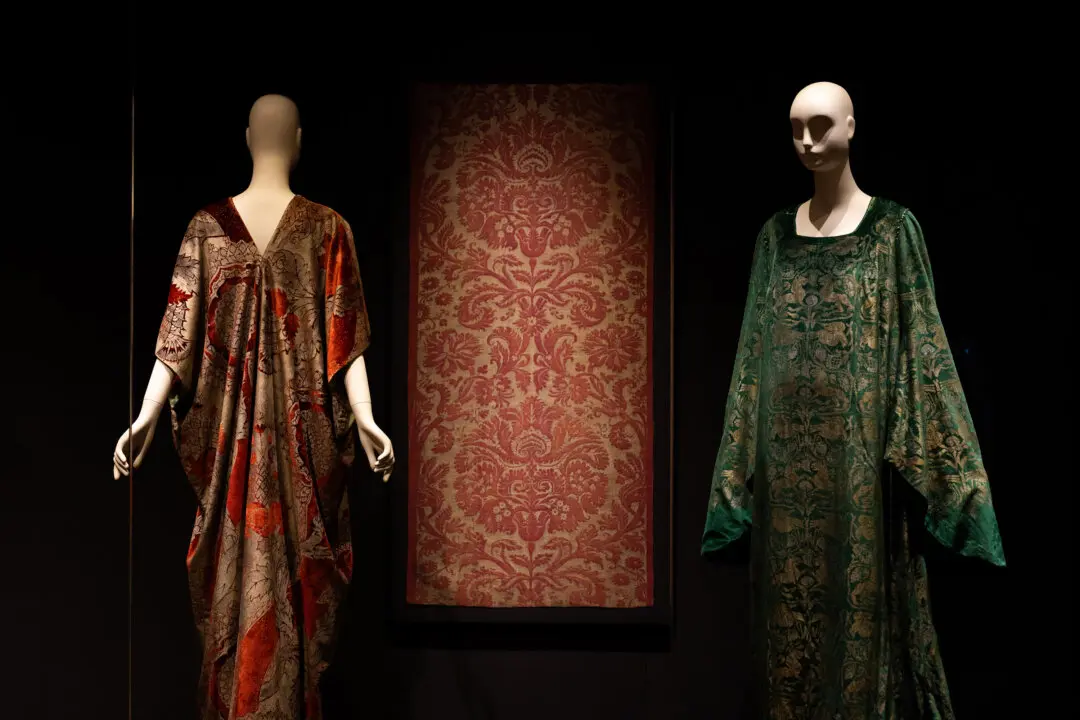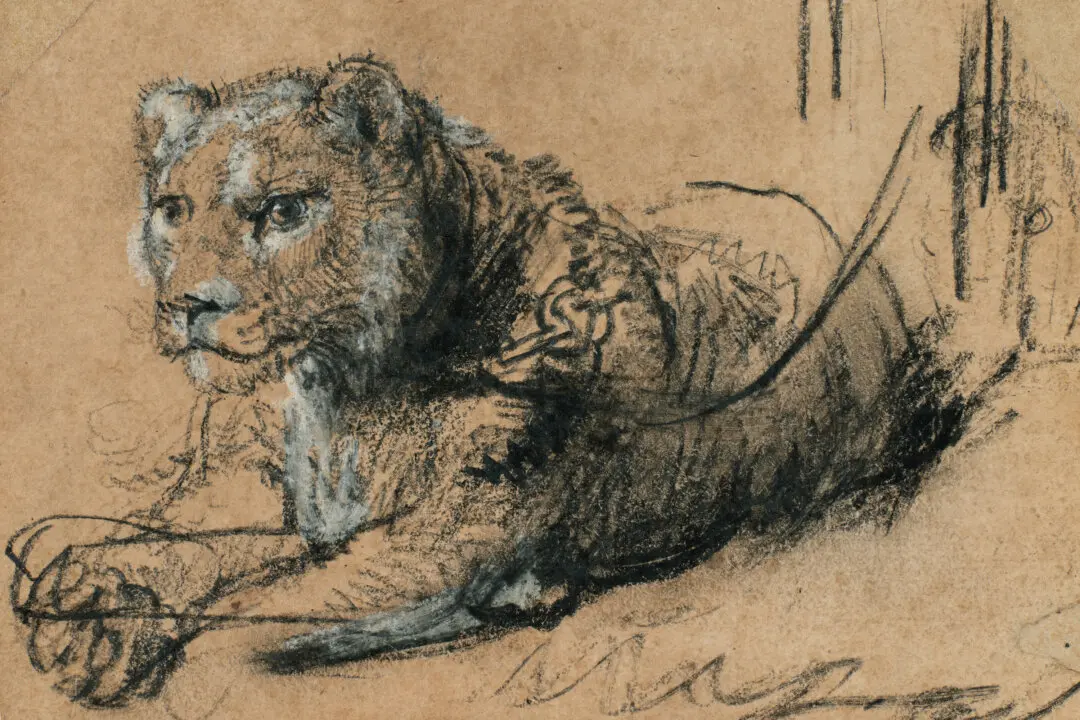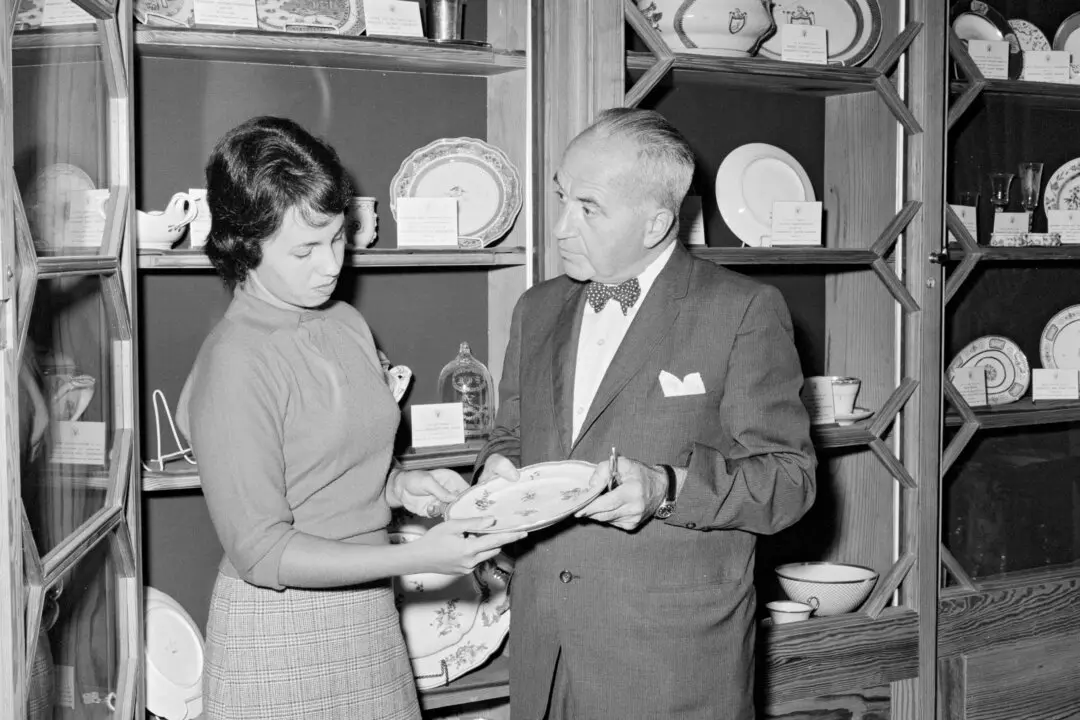Perched atop a hill at the northern tip of Manhattan, The Met Cloisters is a jewel box museum filled with medieval European art treasures. One of its most iconic works is the “Unicorn Tapestries.” These hangings depict both a sacred and secular narrative in a series of seven tapestries, and they are beloved for their beauty and craftsmanship as well as for the mystery surrounding their creation and ownership.
The tapestries, likely designed in Paris and woven in Brussels, are dated between 1495 and 1505. An initial examination of their scenes shows a clear and gripping narrative of hunters employing bloodhounds and greyhounds to capture a unicorn. The mythical unicorn was considered to be a real animal with powerful healing properties.





